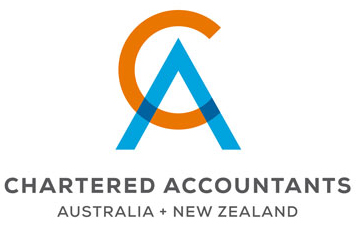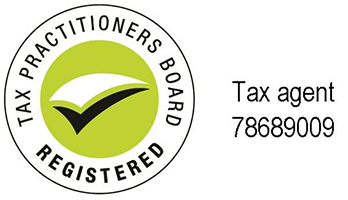ATO Warning Regarding Capital Gains Tax
The ATO has recently issued a warning to taxpayers regarding “certain capital losses, disposals and small business CGT concession claims [that] attract our attention.”
Regarding capital losses, situations that attract the ATO’s attention include:
– losses that appear to be excessive, incorrect or misclassified;
– changes to the company in the year the loss occurred which could impact its ability to satisfy the ‘continuity of ownership test’ or the ‘business continuity test’;
– capital losses from non-arm’s length transactions, where the market value substitution rules are not considered or applied;
– capital losses artificially generated to offset capital gains, including:
(a) non-arm’s length transactions used to manipulate cost base; or
(b) capital losses realised solely to offset capital gains through wash sales;
– entities that incorrectly apply capital losses, or reclassify capital losses as revenue losses to offset taxable income; and
– mismatches between the tax return and the CGT schedule.
Regarding CGT disposals, situations that attract the ATO’s attention include:
– when capital gains reported are less than what they should be, based on the ATO’s estimates using external data sources;
– entities that fail to meet their CGT schedule lodgment obligations;
– companies (other than life insurance companies) claiming a CGT discount;
– beneficiaries that fail to gross up the discounted share of a capital gain distributed by a trust;
– entities that received cash (or other ineligible consideration) through a partial scrip for scrip roll-over;
– entities that disposed of high value assets, but returned small capital gains or claimed unsubstantiated capital losses; and
– entities that incorrectly apply CGT roll-over provisions.
Regarding the small business CGT concessions, situations that attract the ATO’s attention include (amongst others):
– entities that fail the ‘small business entity test’, and/or the ‘maximum net asset value test’;
– where the asset disposed of does not meet the definition of an ‘active asset’;
– entities that do not meet the additional conditions where the CGT asset is a share or trust interest, e.g., failing to correctly identify significant individuals and CGT concession stakeholders;
– entities that restructure for the primary purpose of enabling access to the small business CGT concessions; and
– entities that do not meet the additional conditions applicable to the type of small business CGT concession claimed, e.g., exceeding the small business CGT retirement exemption limit of $500,000.

